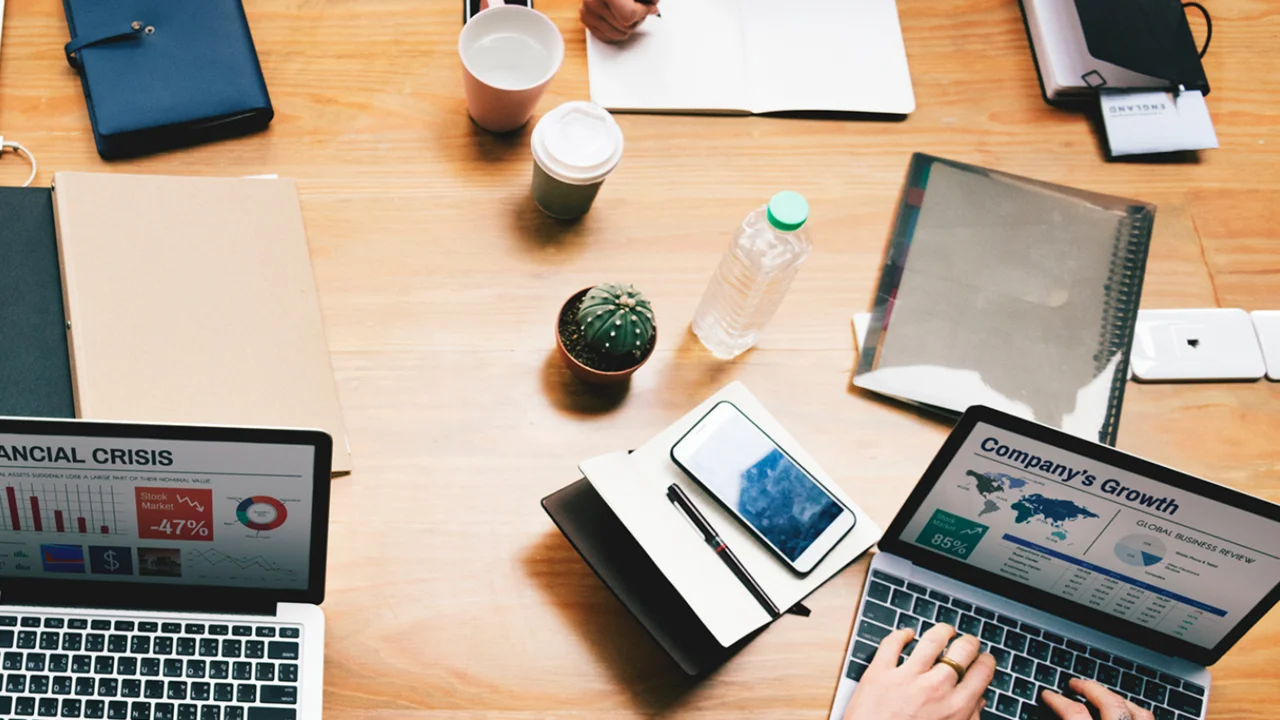From Human Instinct to Algorithmic Edge
Trading floors once ran on intuition and adrenaline. Now, code calls the shots. Algorithmic systems parse torrents of market data and news in milliseconds, leaving fewer chances for solo day-traders to beat the crowd. The shift accelerated as firms embraced artificial intelligence and hired legions of quants and programmers. At JPMorgan alone, tens of thousands of developers build and maintain these tools — more than many big tech companies employ.
The Kensho Signal
A landmark clue came when S&P Global acquired Kensho, an AI contractor known for parsing satellite images and seismic waves for pattern detection. The goal: craft next-generation indices by uncovering non-obvious links — say, carmakers plus battery suppliers — to package into investable funds. It’s Wall Street thinking like Silicon Valley: find signals first, automate them fast.
How Algorithms Learned the Market
Early “trend-following” bots of the late 1990s simply rode rising or falling prices and still printed profits. After the 2008 crisis, flat, choppy markets forced a leap in sophistication. New models blended price history, fundamentals, and real-time news. Some now scan satellite tanker routes, earnings-call transcripts, even voice tone and facial micro-expressions during investor briefings — inputs no human can synthesize at scale.
When Speed Turns Fragile
Automation brought fragility with it. In May 2010, the “Flash Crash” knocked U.S. indices down nearly 10% within minutes after algorithms amplified a large sell order. In October 2016, sterling plunged almost 10% in two minutes after a news-reading bot overreacted to Brexit remarks. On February 5, 2018, the Dow sank a record 1,600 points intraday as a rebalancing algorithm cascaded sales across a diversified portfolio. These weren’t villain traders — just feedback loops at machine speed.
Private Investors: Shrinking Outrun Space
What chance remains for individuals? With AI engines re-optimizing portfolios across thousands of positions in real time, the classic edge of “watching the tape” is gone. Even in emerging markets, bots already execute a large share of currency and equity trades, compressing spreads and shortening opportunities. The market’s new hierarchy favors data pipelines, model quality, and latency budgets over gut feeling.
The New Skill Set
Wolves in suits are giving way to hoodie-clad engineers. The advantage belongs to those who can build, test, and monitor models; who understand alternative data; and who treat markets as systems problems. In this regime, discretion isn’t dead — but it must be augmented by machines. The alpha now lives where computation meets insight.
Bottom Line
AI didn’t just join Wall Street — it rewired it. From index design to intraday risk controls, algorithms are the market’s beating heart. Humans still set objectives and guardrails, but execution power has migrated to code. Adapt, collaborate with the machines — or accept that the best seats on the trading floor are already taken.
